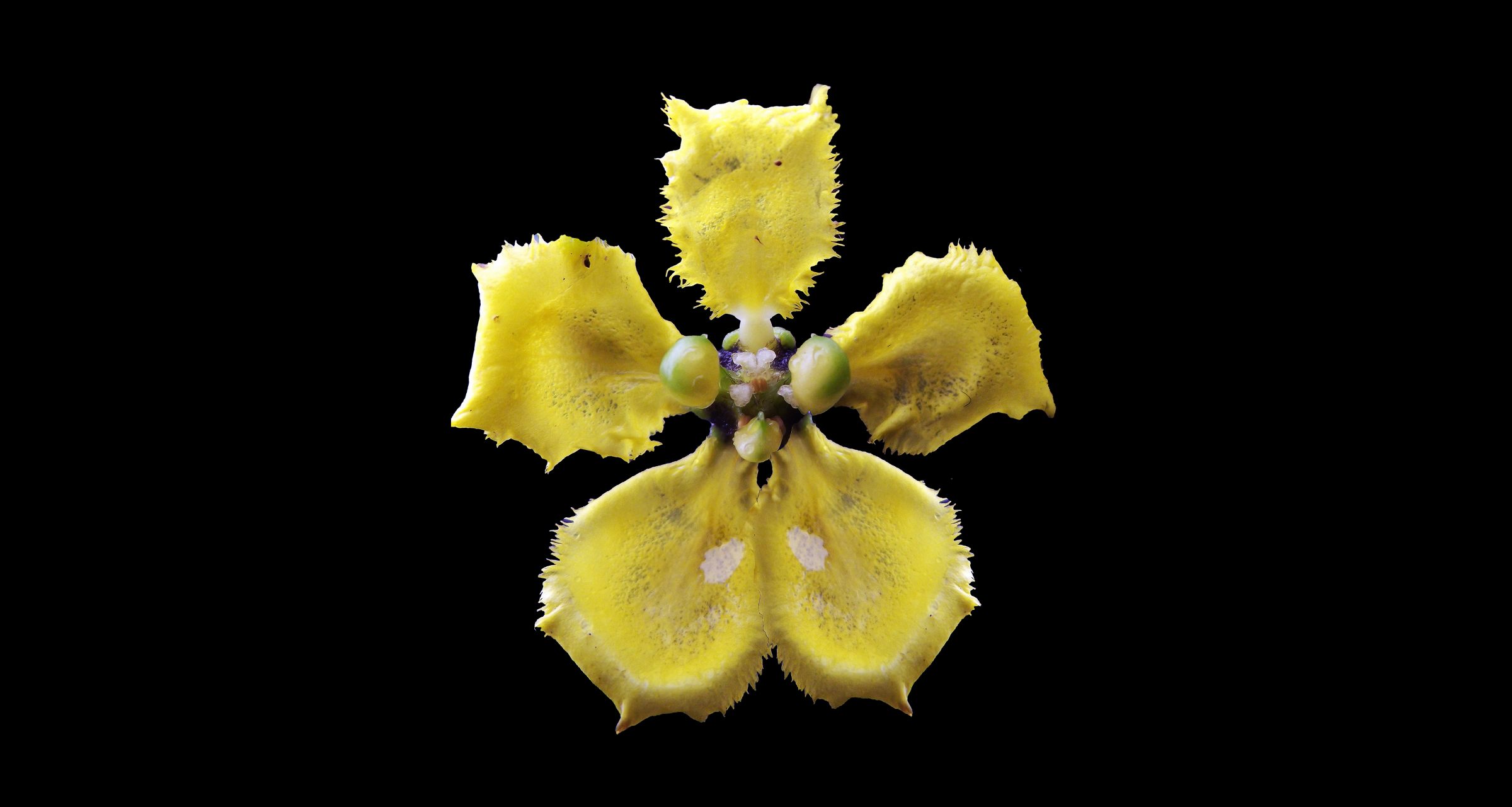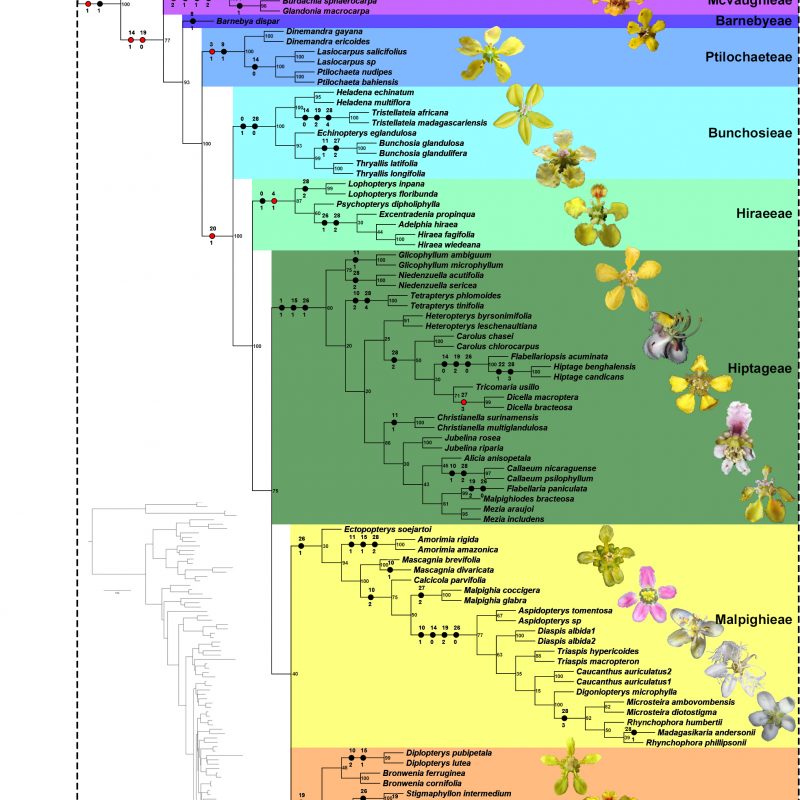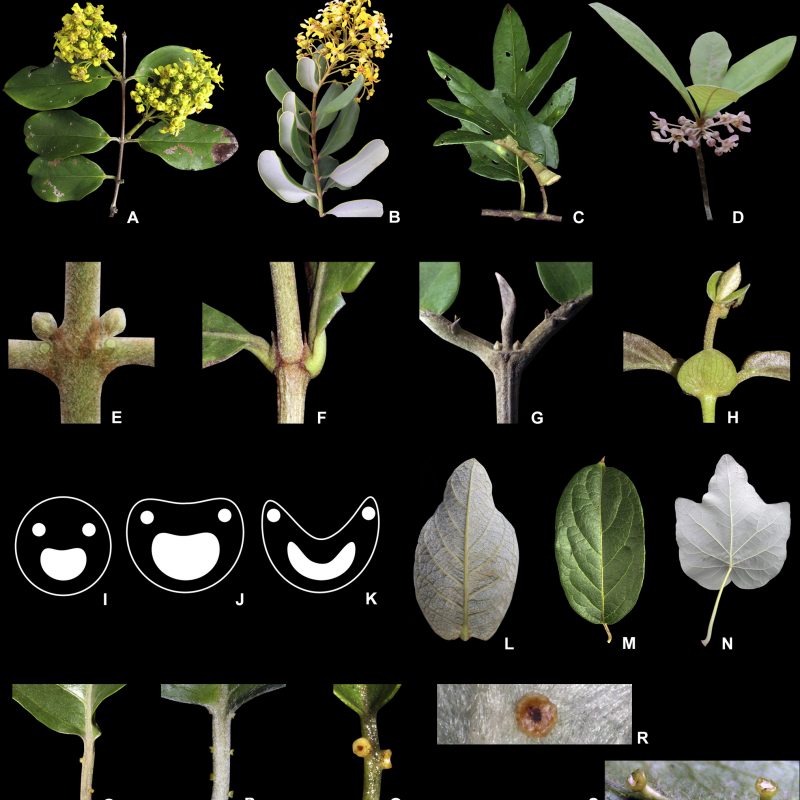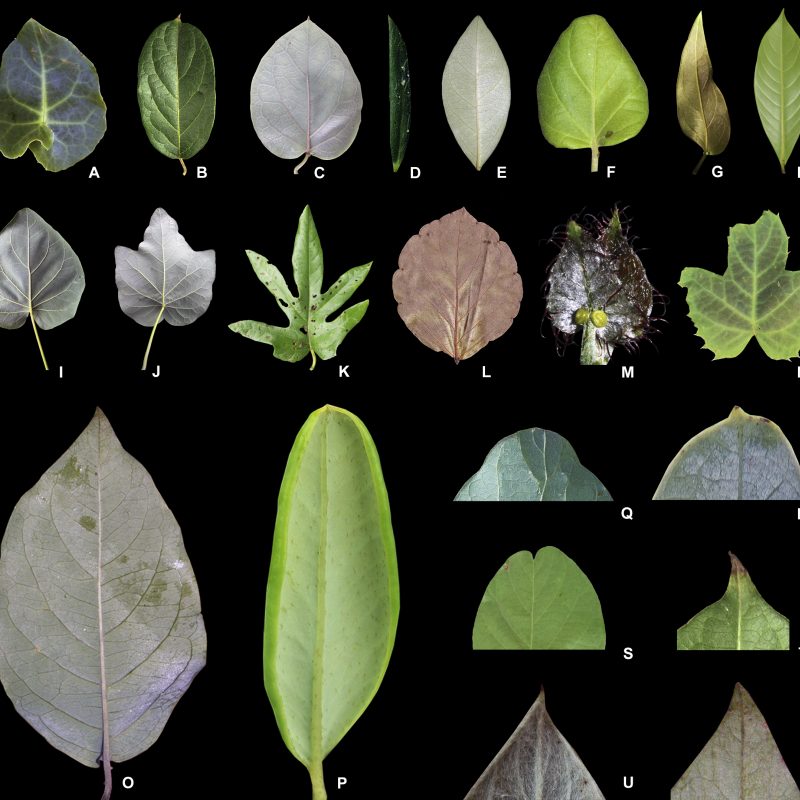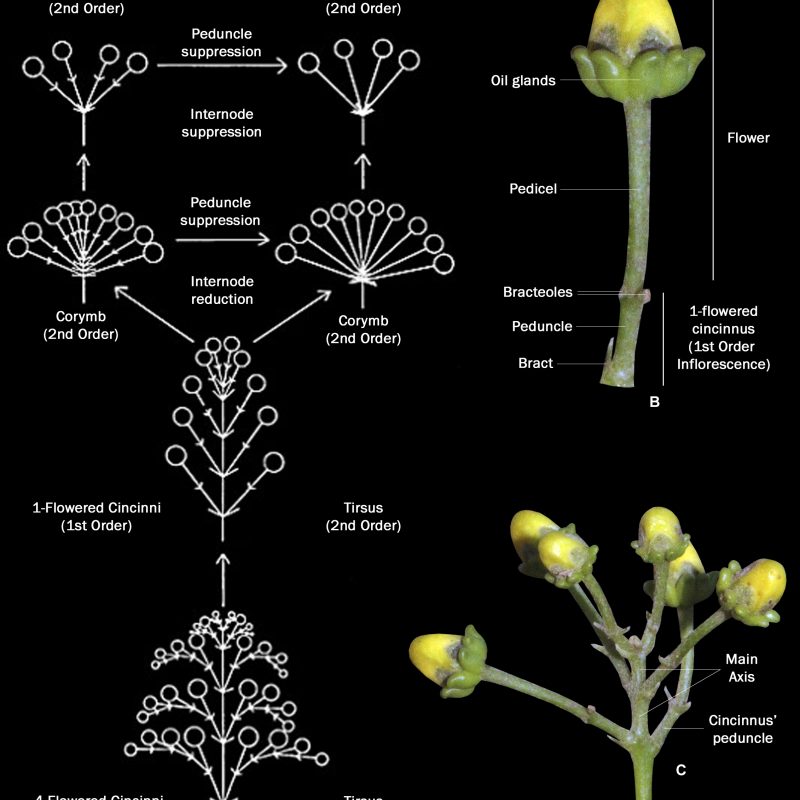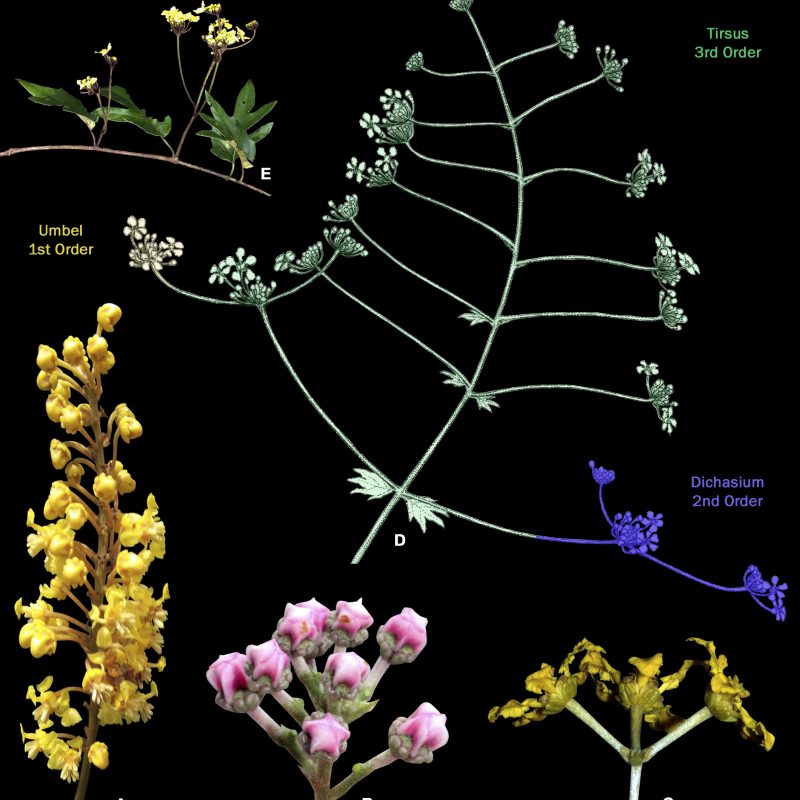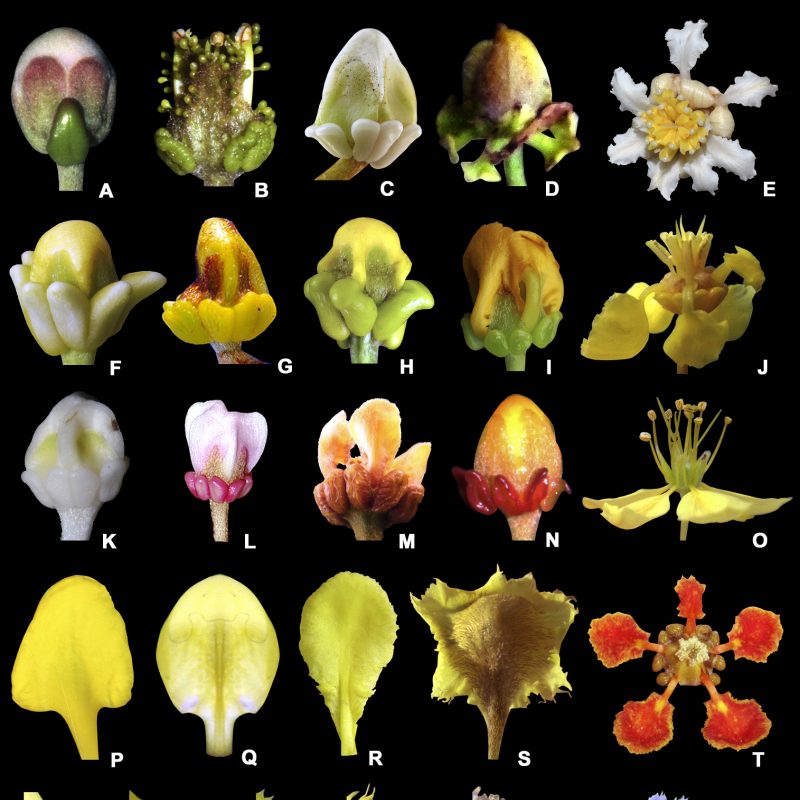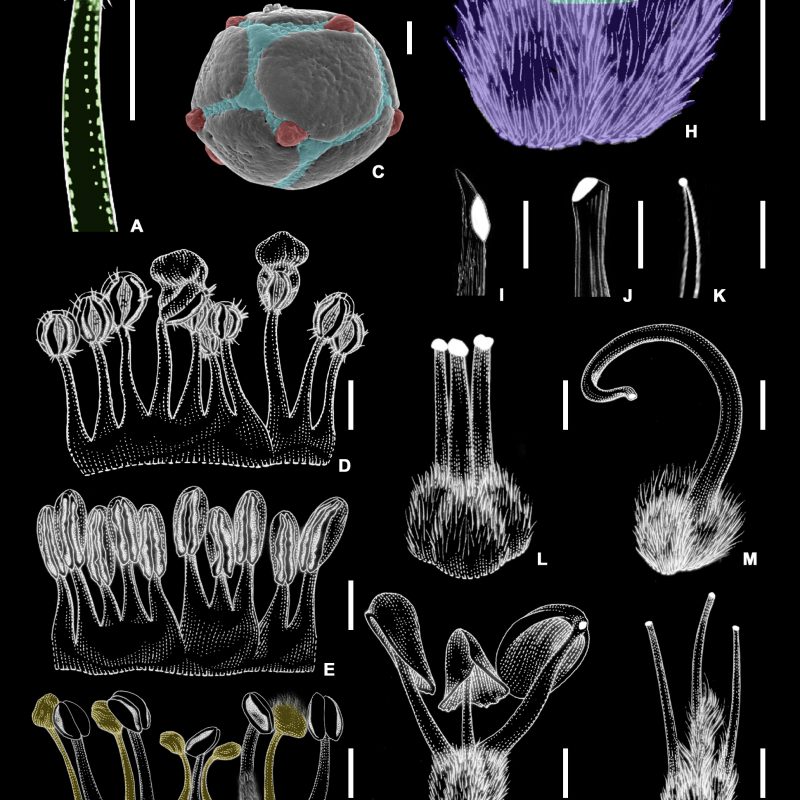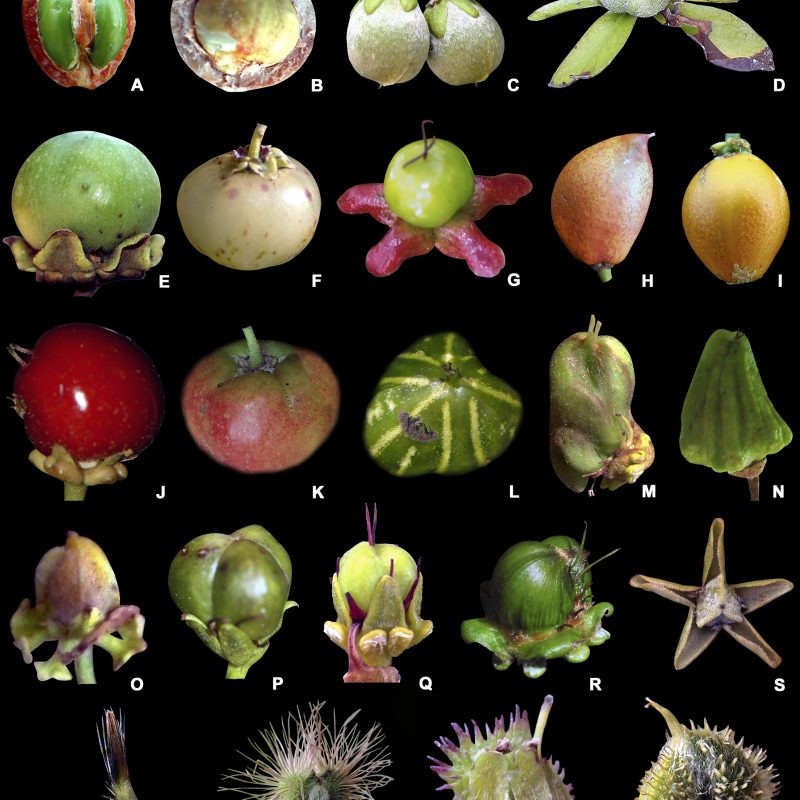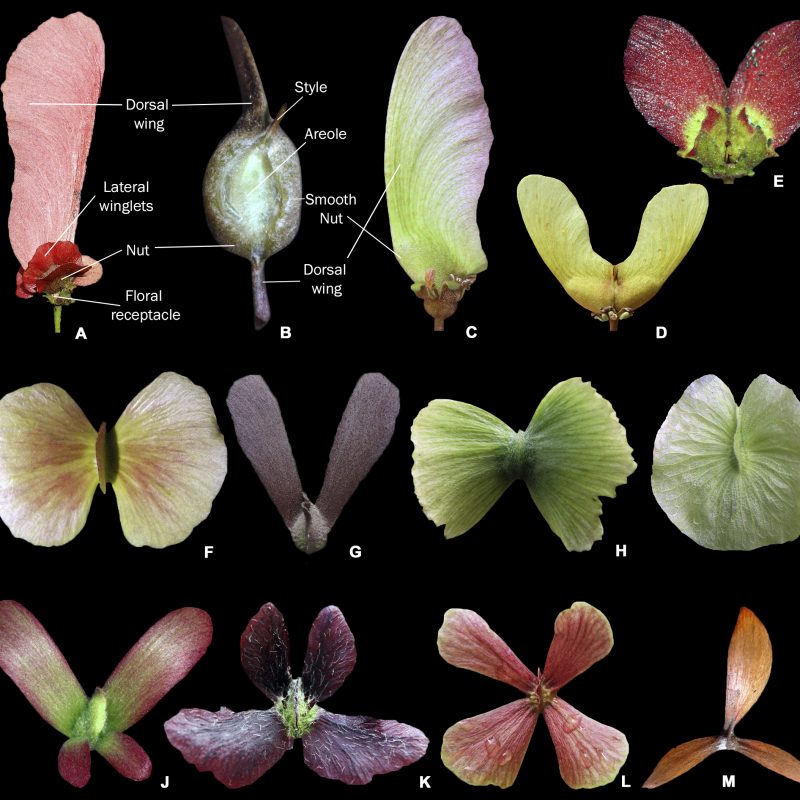This is the largest family of oil flowers worldwide, containing economically important ornamental, medicinal (ayahuasca), and fruit species (murici or nanche and acerola) in the Neotropics.
This TEN was formed around the need to integrate and coordinate the taxonomic, systematic, and nomenclatural studies of Malpighiaceae. The traditional classification system of this family did not reflect monophyletic groupings. Thus, a recent new classification system has just been proposed based on previous molecular, morphological, cytogenetics, palynology and phytochemical studies. The new classification recognises two subfamilies, 12 tribes, 72 genera and 1,500 species. Thus, we aim to further explore the classification, taxonomy, and systematics of this family, especially within major tribes, for which molecular and morphological works are still needed.
This is an ongoing project, and we continue to welcome collaborators to help with the taxonomic curation of the family, contribute photos and illustrations for species, and supply or produce descriptive content to populate the World Flora Online portal. If you would like to know how you can help us, please get in touch with Rafael Almeida, the TEN Focal.
Key Literature
- Almeida RF, Morais IL (2022) Morphology of Malpighiaceae from Brazil, Part 1. Universidade Estadual de Goiás, Quirinópolis, 44 pp.
- Almeida RF, de Morais IL, Alves-Silva T, Antonio-Domingues H, Pellegrini MOO (2024) A new classification system and taxonomic synopsis for Malpighiaceae (Malpighiales, Rosids) based on molecular phylogenetics, morphology, palynology, and chemistry. PhytoKeys 242: 69-138.
- Almeida RF, Francener A, Pessoa C, Sebastiani R, Oliveira YR, Amorim AMA, Mamede MCH (2020) Malpighiaceae in Flora do Brasil 2020. Jardim Botânico do Rio de Janeiro.
- Anderson WR (1981) Malpighiaceae. In: The Botany of the Guyana Highland – Part XI. Memoirs of the New York Botanical Garden 32: 21–305.
- Davis CC, Anderson WR (2010) A complete generic phylogeny of Malpighiaceae inferred from nucleotide sequence data and morphology. American Journal of Botany 97(12): 2031-2048
- Davis CC, Schaefer H, Xia Z, Baum DA, Donoghue MJ, Harmon LJ (2014) Long-term morphological stasis maintained by a plant–pollinator mutualism. Proceedings of the National Academy of Sciences USA 111(16): 5914–5919.
- Grisebach A (1858) Malpighiaceae. In: Martius KFP (Ed.) Flora brasiliensis 12(1). Fleischer, Leipzig, 124 pp.
- Jussieu A (1840) Malpighiacearum synopsis, monographiae mox edendae prodromus. Annales des Sciences Naturelles, Botanique, Series 2, 13: 247–291, 321–338.
- Launert E (1968) Malpighiaceae. Flora of tropical East Africa. Crown Agents for Oversea Governm, London, 24 pp.
- Niedenzu F (1928) Malpighiaceae. Engler GA (Ed.) Das Pflanzenreich 141(Heft 93). Verlag von Wilhelm Engelmann, Leipzig, 870 pp.
- Sirirugsa P (1991) Malpighiaceae. In: Smitiand T, Larsen K (Eds) Flora of Thailand 5(3). The Forest Herbarium, Bangkok, 272–299.
- Srivastava RC (1997) Malpighiaceae. In: Rajra PK, Nair VJ, Daniel P (Eds) Flora of India, vol 4. Botanical Survey of India, Calcutta, 1–38.
Acknowledgements
We thank William R. Anderson (in memoriam), Christiane C. Anderson (University of Michigan), Mark Chase (Royal Botanic Gardens Kew), and Maria Candida H. Mamede (Instituto de Pesquisas Ambientais de Sao Paulo) for their paramount contribution to the taxonomy and systematics of Malpighiaceae; and everyone who has contributed with data and images of Malpighiaceae throughout the years.
All figures taken from de Almeida RF, de Morais IL, Alves-Silva T, Antonio-Domingues H, Pellegrini MOO (2024) A new classification system and taxonomic synopsis for Malpighiaceae (Malpighiales, Rosids) based on molecular phylogenetics, morphology, palynology, and chemistry. PhytoKeys 242: 69-138. https://doi.org/10.3897/phytokeys.242.117469
